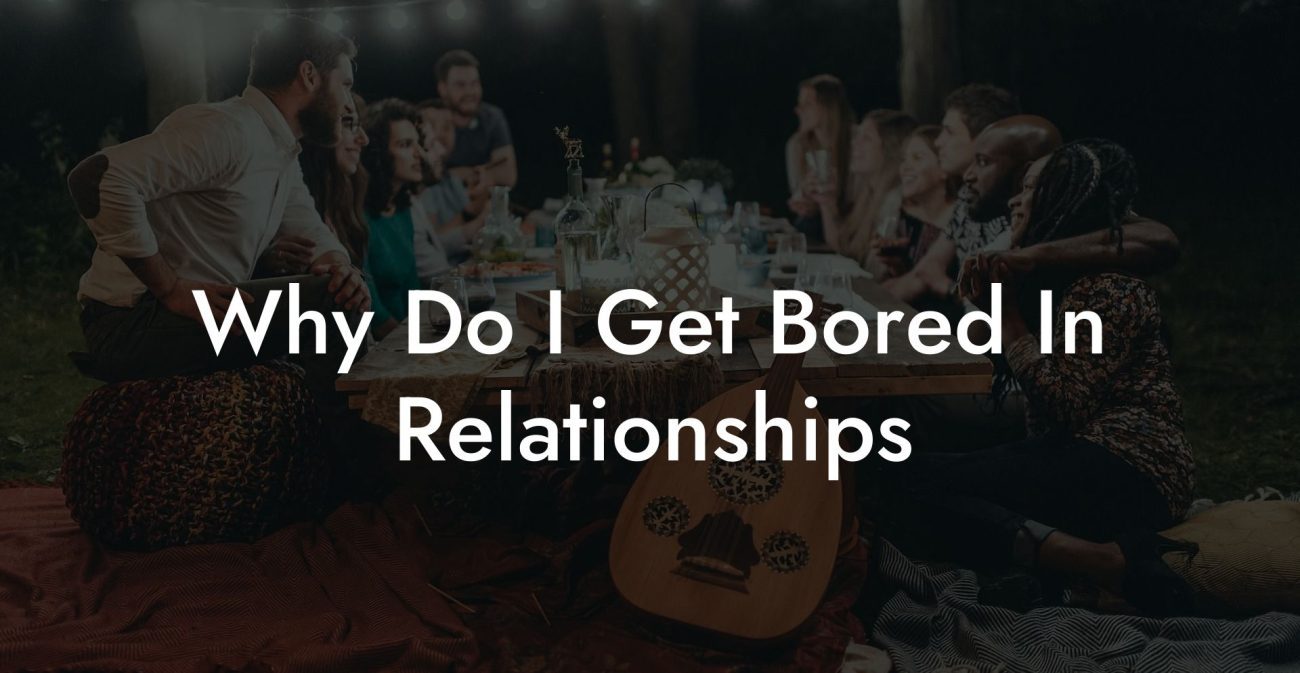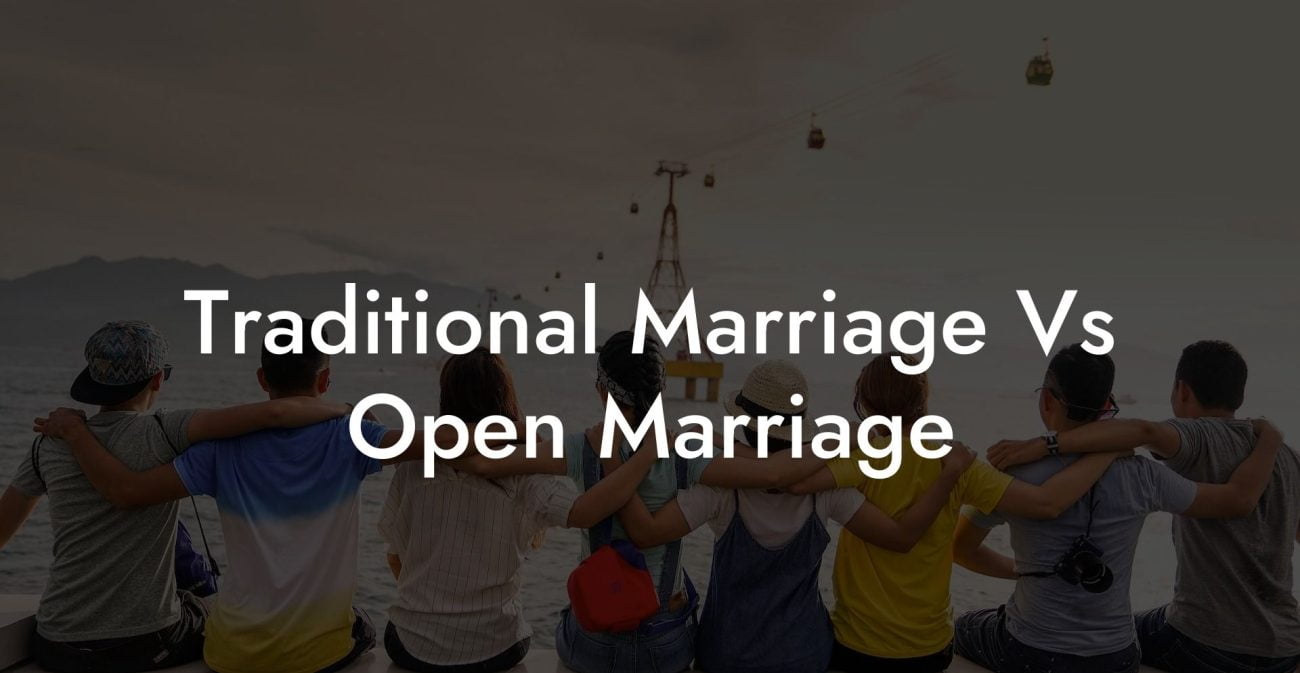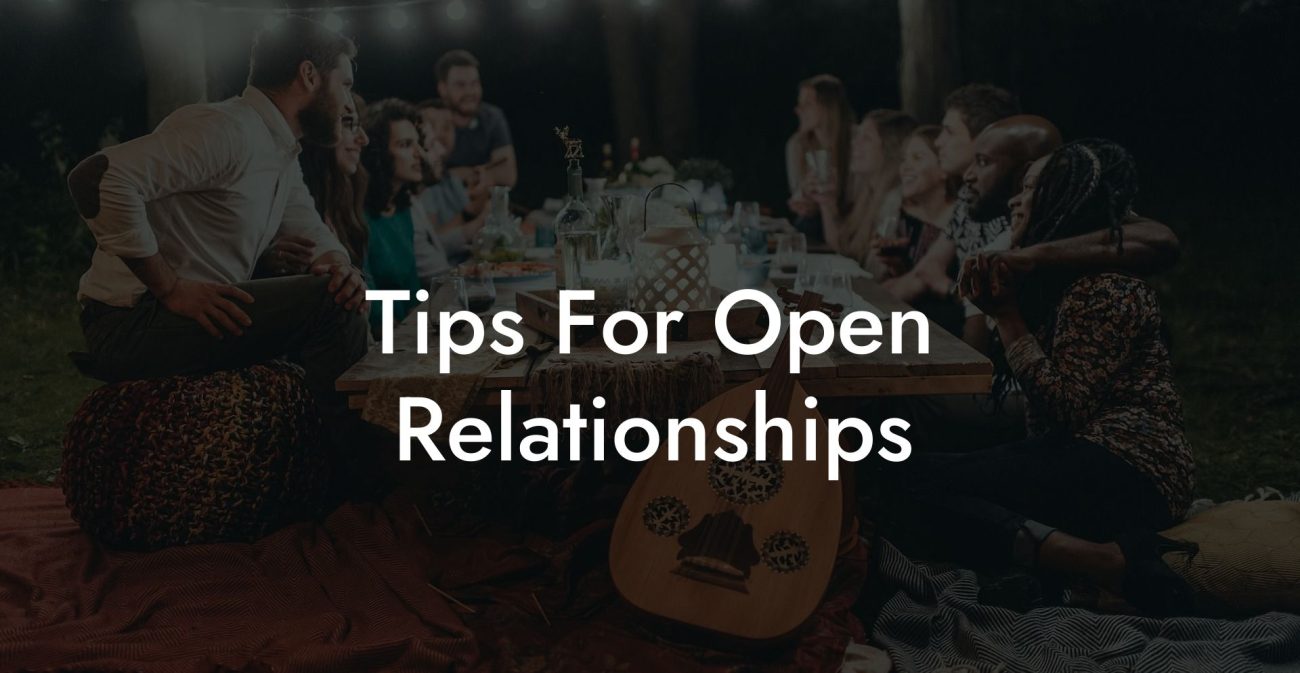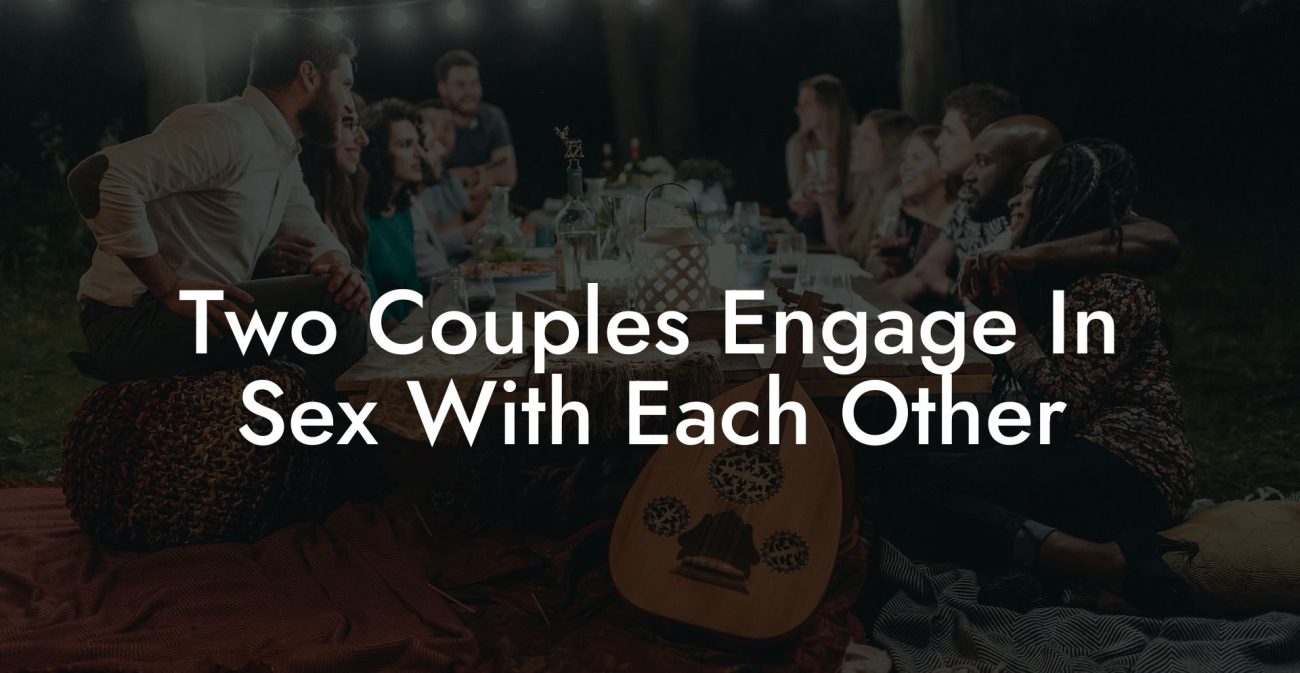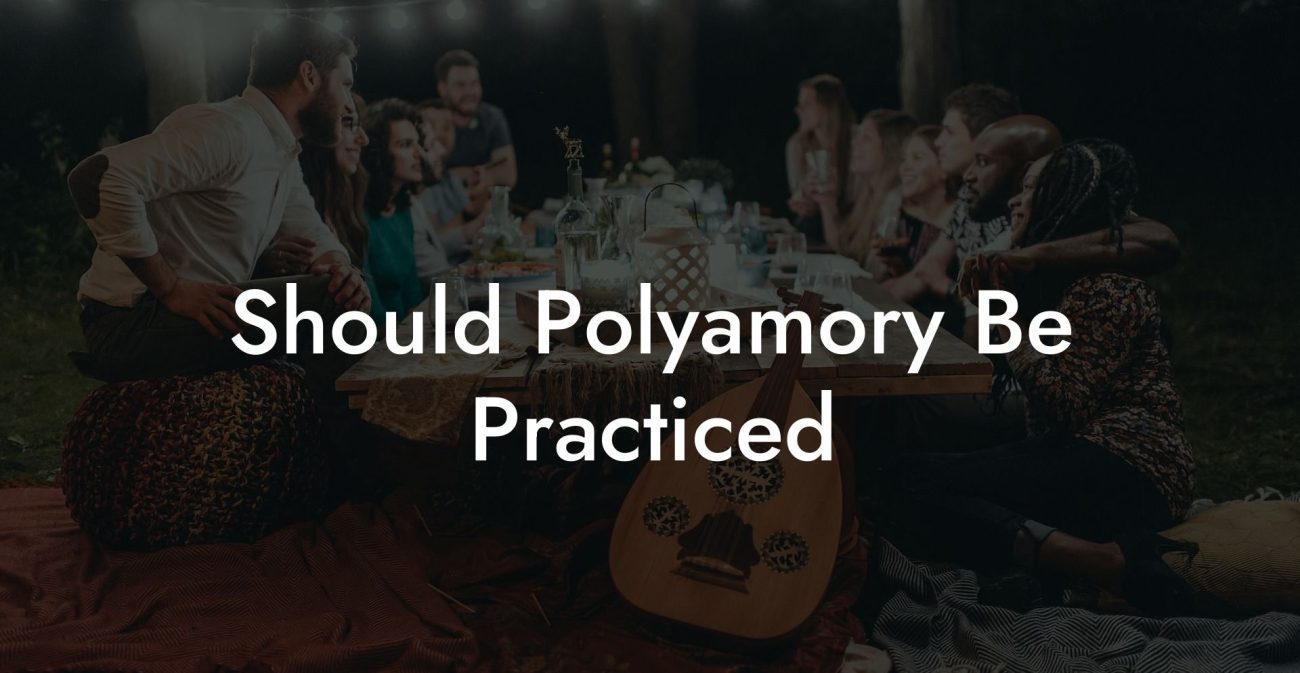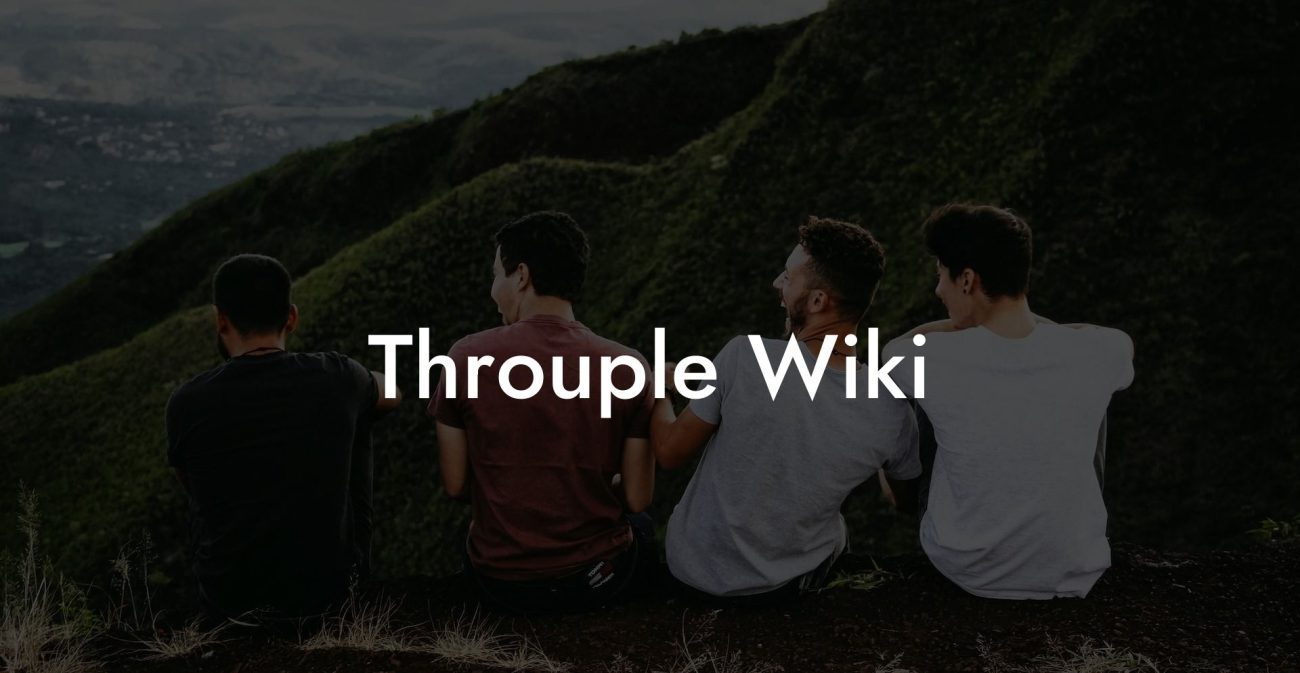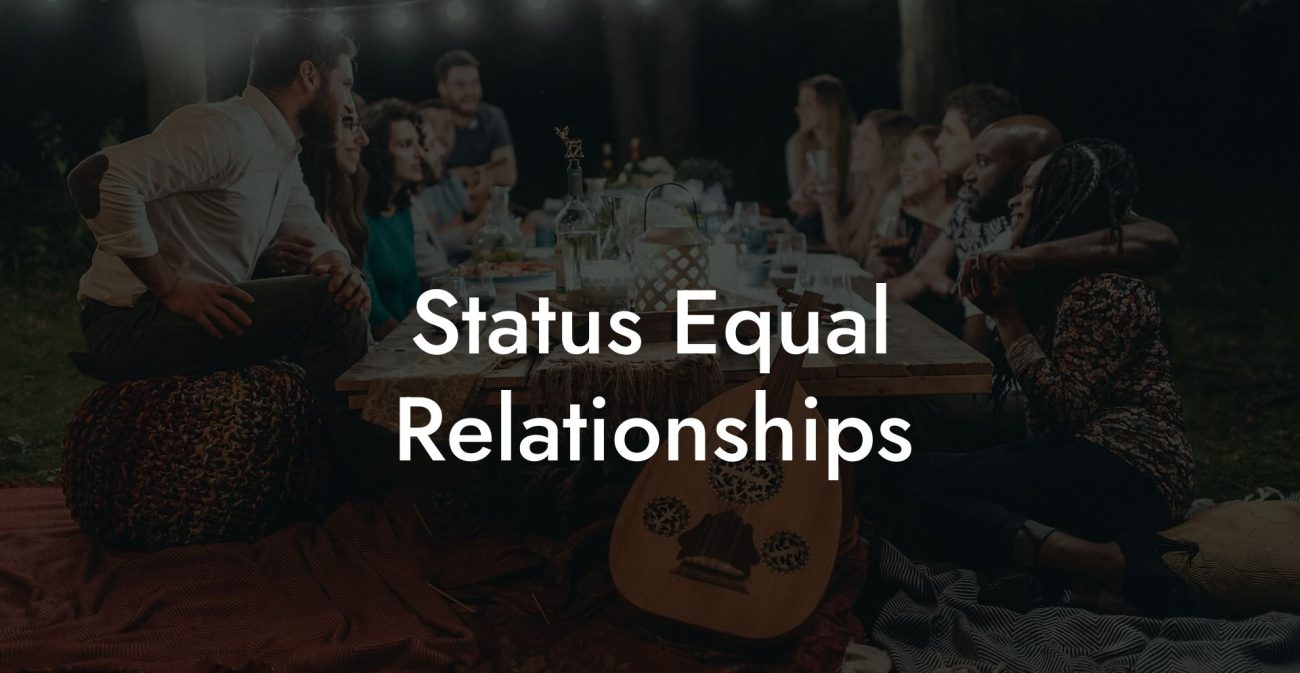Guide to One Sided Polyamory

Welcome, curious explorers! If you’ve ever found yourself wondering about the dynamics when one partner embraces polyamory while the other remains monogamous, or if you’re experiencing internal conflict over differing desires in your relationship, you’re in the right place. This comprehensive guide to one sided polyamory delves deep into what it means when one partner is polyamorous while the other is not, explores the emotional and practical implications of such asymmetry, and provides practical strategies for navigating this complex terrain. Whether you’re personally experiencing this imbalance or seeking to understand it for a friend or partner, read on to gain clarity, empathy, and actionable advice.
Quick Links to Useful Sections
- Understanding One Sided Polyamory
- Signs and Indicators of One Sided Polyamory
- Causes and Contributing Factors
- Challenges in One Sided Polyamory
- Strategies for Managing One Sided Polyamory
- Communication Tips for Both Partners
- Real-Life Experiences and Expert Insights
- FAQ: How to Tell if Someone Is Polyamorous (One Sided Edition)
- Resources and Community Support
Understanding One Sided Polyamory
One sided polyamory refers to situations in which one partner desires and pursues multiple romantic or sexual relationships while the other partner prefers, or is more comfortable with, a monogamous relationship. In some cases, the polyamorous partner may be open about their interest in forming additional connections, whereas the other partner might feel conflicted, pressured, or even unaware of these pursuits. This asymmetry can lead to significant challenges if not addressed openly and honestly.
It’s important to note that one sided polyamory is not inherently unethical, it becomes problematic only when the imbalance is unspoken or coerced. Ethical non-monogamy, at its core, requires full informed consent and ongoing dialogue between all parties involved. In a healthy arrangement, even if one partner is more inclined toward polyamory than the other, both must have the freedom to express their feelings, set boundaries, and decide on the best way to structure their relationship.
The concept challenges the traditional assumption that both partners should share the same relationship preferences. Instead, it acknowledges that individuals evolve differently and that sometimes, one person’s desire for multiple connections may not be reciprocated. This guide aims to provide insights and strategies for understanding, communicating about, and managing one sided polyamory in a way that respects everyone’s needs.
Signs and Indicators of One Sided Polyamory
Recognizing one sided polyamory in your relationship or in others’ lives involves looking at both subtle and overt cues. While no single sign is definitive, a combination of behaviors and attitudes can indicate an imbalance in relationship expectations.
- Frequent Mention of Other Partners: The polyamorous partner may often discuss potential or existing relationships with others, sometimes in a casual manner, while the monogamous partner rarely or never brings up additional connections.
- Disparity in Relationship Goals: One partner may express excitement about the possibilities of new connections and the benefits of diverse emotional support, whereas the other may stress the value of exclusivity and deep, singular commitment.
- Uneven Communication about boundaries: The polyamorous partner might initiate conversations about boundaries, safe sex practices, and scheduling external encounters more frequently than the other partner.
- Emotional Disconnect: The partner who is less interested in polyamory may begin to feel left out, neglected, or even insecure about their own value in the relationship.
- Social and Community Engagement: The more polyamorous partner may actively participate in online forums, attend meet-ups related to ethical non-monogamy, or follow poly-friendly social media channels, while the other partner remains disengaged from these communities.
When these indicators appear together, they can signal that one partner’s approach to relationships is diverging from the other’s. Recognizing these signs early is the first step toward addressing the imbalance.
Causes and Contributing Factors
Several factors can contribute to a one sided polyamorous dynamic. Differences in personal values, emotional needs, or past relationship experiences often play a significant role. For example, one partner may have always been curious about exploring multiple connections, influenced by exposure to alternative relationship models through media or social circles, while the other may have grown up with the idea that true love means exclusivity.
Additionally, individual personality traits, such as a high need for variety, a strong sense of independence, or a natural inclination toward exploration, can also drive one partner toward polyamory. External pressures, such as cultural shifts and the influence of online communities, may further reinforce these tendencies. Ultimately, the causes of one sided polyamory are as diverse as the individuals involved, and understanding them requires honest introspection and dialogue between partners.
Challenges in One Sided Polyamory
One of the most significant challenges in one sided polyamory is the emotional imbalance that can arise when one partner’s desires are not fully aligned with the other’s. This can lead to feelings of jealousy, inadequacy, or neglect for the partner who prefers monogamy. The polyamorous partner may also struggle with guilt or confusion if they feel torn between their natural inclinations and the commitment to their monogamous partner.
Another challenge is the lack of mutual understanding regarding relationship expectations. Without open dialogue, the monogamous partner might feel excluded or pressured, while the polyamorous partner might feel stifled or misunderstood. This misalignment can create a cycle of resentment and emotional distance, undermining the trust that is essential for any healthy relationship.
Time and energy management can also become a significant hurdle. Balancing multiple relationships requires additional coordination and effort, which can be overwhelming if the monogamous partner is not interested in or prepared for such a lifestyle. The resulting stress may lead to conflicts, further complicating the relationship dynamics.
Strategies for Managing One Sided Polyamory
Addressing one sided polyamory requires both partners to engage in honest, ongoing dialogue and to implement strategies that respect each person’s needs. Here are some effective strategies:
- Open Dialogue Sessions: Schedule regular, dedicated times for both partners to discuss their feelings about the relationship. This can include discussing any external connections, addressing insecurities, and adjusting boundaries as needed.
- Couples Counseling: Seeking the guidance of a therapist experienced in non-traditional relationships can help both partners navigate the emotional complexities and improve communication skills.
- Individual Self-Reflection: Encourage both partners to engage in self-reflection. Journaling, meditation, or even individual therapy can help each person understand their desires and emotional triggers.
- Establishing Clear Boundaries: Clearly define what is acceptable in terms of external relationships. These boundaries should be documented, revisited, and adjusted as necessary to ensure that both partners feel secure.
- Creating a Transition Plan: If one partner is interested in exploring polyamory while the other is hesitant, consider creating a gradual transition plan that allows time for both to adjust. This might involve trial periods or structured experimentation to gauge comfort levels.
These strategies are designed to help bridge the gap between differing relationship needs, ensuring that both partners feel heard and respected.
Communication Tips for Both Partners
Effective communication is key to managing one sided polyamory. Here are some tips tailored for both the polyamorous and monogamous partners:
- For the Polyamorous Partner: Be open about your desires and explain that your interest in additional connections is not a reflection of any deficiency in your primary relationship. Emphasize the value of honesty and mutual growth.
- For the Monogamous Partner: Express your concerns and feelings without judgment. It’s important to communicate your needs clearly and to ask for reassurance if you feel insecure.
- For Both Partners: Use “I” statements to keep the focus on your personal experiences rather than attributing blame. For example, “I feel anxious when…” instead of “You make me feel…”
- Active Listening: Make a conscious effort to listen to each other without interruption. Reflect back what you hear to ensure mutual understanding.
- Regular Emotional Check-Ins: Set aside time each week or month to discuss your feelings, review boundaries, and adjust expectations as needed. This ongoing dialogue is essential for maintaining trust.
These communication techniques can create a more empathetic and supportive environment, making it easier for both partners to navigate their differing relationship needs.
Real-Life Experiences and Expert Insights
Real-life examples can shed light on the complexities of one sided polyamory. Consider the experience of Karen and Mike. Karen, who identifies as polyamorous, has found that nurturing multiple relationships brings her joy and personal growth. However, Mike, who is more comfortable with monogamy, initially struggled with feelings of insecurity and jealousy. Through couples counseling and regular, open dialogue, they worked together to establish clear boundaries and a gradual plan that allowed Mike to understand Karen’s perspective while also reaffirming his need for exclusivity. Over time, they discovered that honesty and continuous communication helped them build a stronger, more resilient bond.
Similarly, Jordan, who transitioned from a strictly monogamous relationship to exploring polyamory on his own, learned that managing multiple emotional connections required a great deal of self-reflection and structured communication. By joining online communities and seeking the guidance of a therapist, Jordan was able to navigate his complex feelings and build healthy, consensual relationships.
Relationship experts emphasize that the key to successfully managing one sided polyamory is not to force symmetry, but to honor the unique needs of each partner while fostering an environment of continuous dialogue and mutual respect. Dr. Elena Rivera, a therapist specializing in non-traditional relationships, notes, “When both partners are committed to honest communication and self-reflection, even asymmetrical relationship dynamics can lead to profound personal growth and deeper connection.”
FAQ: How to Tell if Someone Is Polyamorous (One Sided Edition)
1. What does one sided polyamory mean?
It refers to a situation where one partner is interested in or practices polyamory while the other prefers monogamy, leading to an asymmetry in relationship expectations.
2. What are common signs of one sided polyamory?
Common indicators include frequent mentions of other partners by the polyamorous individual, differing levels of interest in exploring external connections, and noticeable discomfort or insecurity from the monogamous partner.
3. How can the polyamorous partner communicate their needs?
They should engage in open, honest dialogue using “I” statements to express their desire for additional connections while reassuring their primary partner of their commitment.
4. How should the monogamous partner express their concerns?
They should communicate their feelings clearly, discuss any insecurities, and ask for reassurance through regular check-ins and honest conversations.
5. What strategies can help bridge the gap between differing relationship needs?
Strategies include couples counseling, establishing clear boundaries, regular check-ins, and gradual transition plans if one partner is open to exploring polyamory.
6. How important is self-reflection in one sided polyamory?
Self-reflection is crucial. Both partners should engage in introspection to understand their emotional needs and triggers, which helps in managing complex feelings and expectations.
7. What role does active listening play?
Active listening is essential for ensuring that each partner’s feelings are understood and validated, fostering empathy and reducing misunderstandings.
8. Can one sided polyamory lead to a healthy relationship?
Yes, with honest communication, mutual respect, and ongoing efforts to address emotional imbalances, even asymmetrical relationship dynamics can be navigated successfully.
9. How do external factors affect one sided polyamory?
Social stigma, cultural expectations, and external pressures can complicate the dynamic. Building a supportive community and seeking professional guidance can help mitigate these challenges.
10. Where can I find more resources on one sided polyamory?
Books like "The Ethical Slut", podcasts such as “Multiamory,” and online communities on Reddit and Facebook are excellent resources for further insights and support.
Resources and Community Support
- Books: Explore titles like "The Ethical Slut" and "More Than Two" for a deeper understanding of ethical non-monogamy and the dynamics of one sided polyamory.
- Podcasts: Listen to shows such as “Multiamory” for personal stories, expert advice, and practical tips on navigating asymmetrical relationship dynamics.
- Online Communities: Engage with forums and social media groups on platforms like Reddit’s r/polyamory and dedicated Facebook groups to share experiences and gain support.
- Workshops and Support Groups: Consider attending local meet-ups or online workshops that focus on polyamory and relationship communication for hands-on learning and community connection.
- Therapy and Counseling: Consult with a therapist or relationship coach who specializes in non-traditional relationships to receive personalized guidance as you navigate your feelings and relationship dynamics.
With thoughtful self-reflection, open dialogue, and the support of a vibrant community, you can better understand and navigate one sided polyamory, creating pathways to healthier, more fulfilling relationships that honor the needs of everyone involved.
Lost & confused by all of the terms, types and seemingly made up 3 letter acronyms?? We've got you. Check out our Ethnical Non-Monogamy Dictionary >>
Useful Interruption: Not sure which relationship vibe fits you best? Take our Relationship Test, it’ll give you the real insight into your natural relationship style. Then, dive into our binge-worthy guides (from the tried-and-true to the “wait, that’s a thing?”) and find the perfect relationship type for your life:
- Monogamy
- Open Relationships
- Ethical Non-Monogamy
- Solo Polyamory
- Non-Hierarchical Polyamory
- Hierarchical Polyamory
- Relationship Anarchy
- Swinging
Now back to the main article but yeah take the test...


